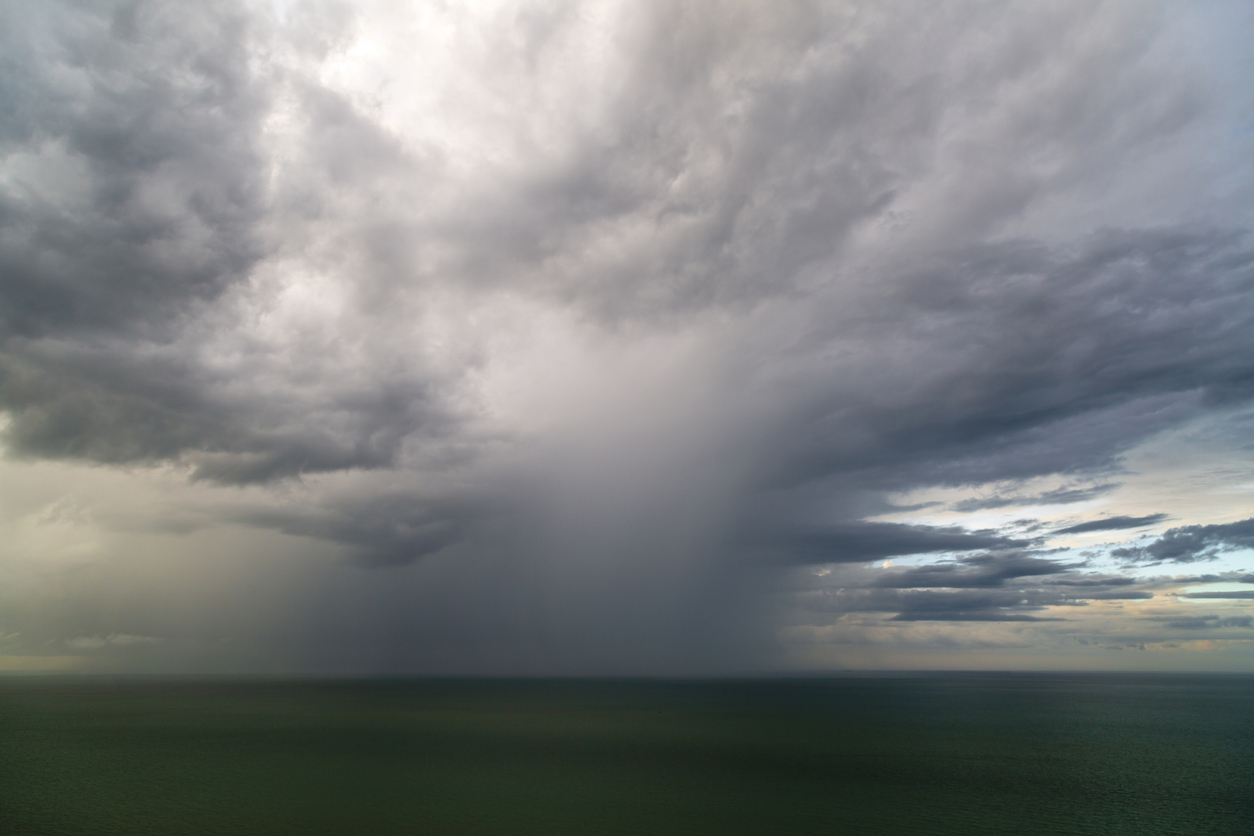From the industry perspective, insured losses from all of last year's disaster events around the world were $89 billion, the fifth highest on sigma records. The key insurance takeaways of this, our annual catastrophe report, are:
Global insured losses from natural catastrophes were $81 billion in 2020; man-made disasters resulted in $8 billion insured losses.
Secondary peril events accounted for more than 70% of the natural catastrophe insured losses, resulting mostly from severe convective storms (SCS) and wildfires. In the last 10 years, SCS have contributed more than half of global insured losses from secondary perils. Given the high losses, this sigma includes a deep-dive on SCS specifically.
However, 2020 also serves as a reminder of the peak-loss potential from primary perils. Notably, last year's North Atlantic hurricane season was very active: it is just chance the storms hit areas of low population density/activity and/or low insurance penetration.
Further, history indicates a similar trend of rising losses from primary perils, suggesting that future peak-loss scenarios could also grow significantly. For example, we estimate that in a year of both a peak-loss inducing hurricane season and multiple secondary peril events, combined annual insured losses could be as high as USD 250-300 billion.
The underlying factors influencing primary and secondary peril event outcomes are the same, including changing socio-economic developments and climate-change effects. Primary perils are well-monitored by the insurance industry, but secondary-peril risks less so. Risk assessment efforts need to rebalance to make secondary perils a priority.
Given the dynamic nature of risks, forward- rather than backward-looking data analysis is paramount so as to not underestimate the scale of potential present-day and future losses. to this end, risk model build also needs to de-bias away from reliance on historical data observations, which may not be a good proxy for present-day conditions.












